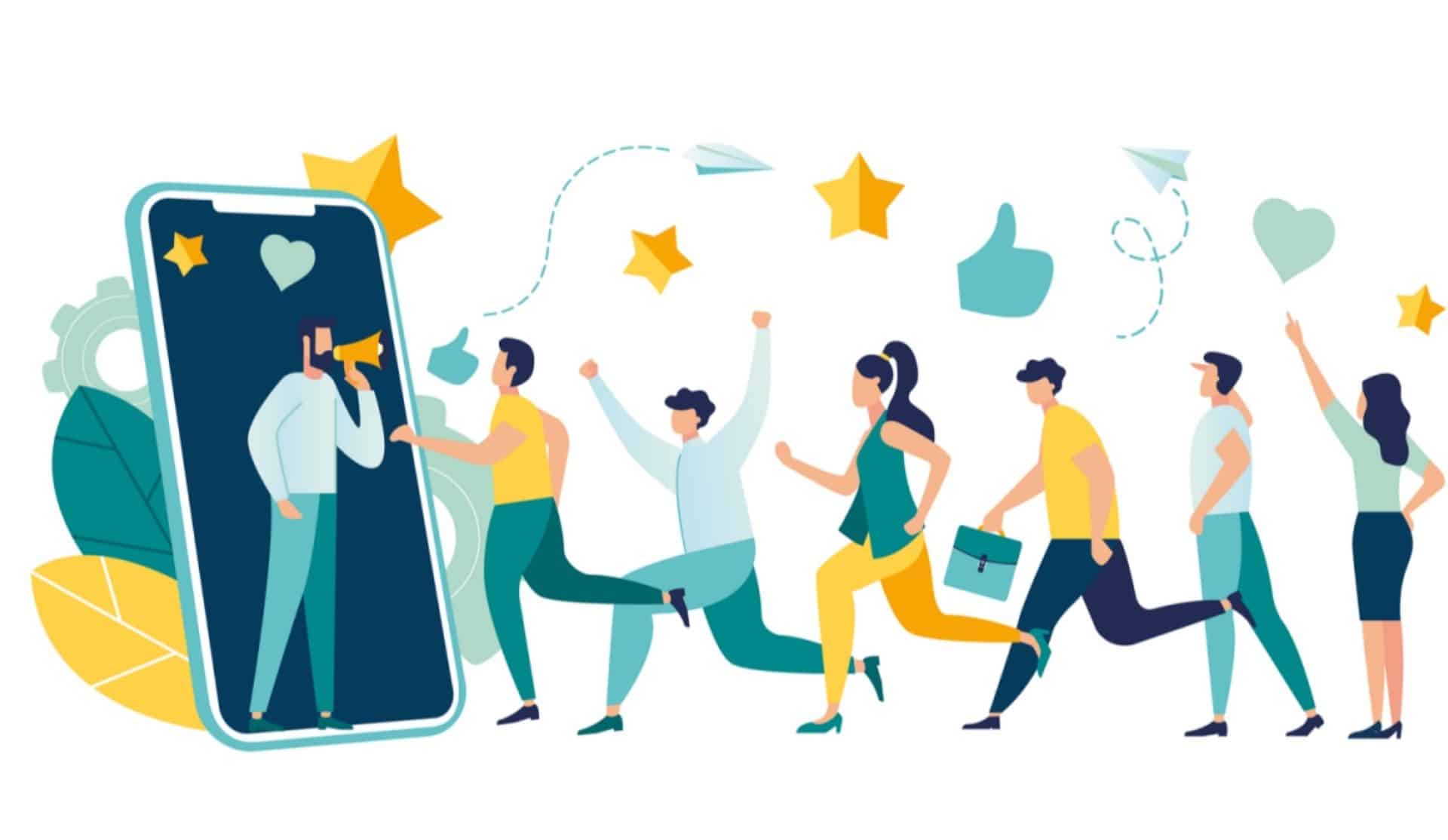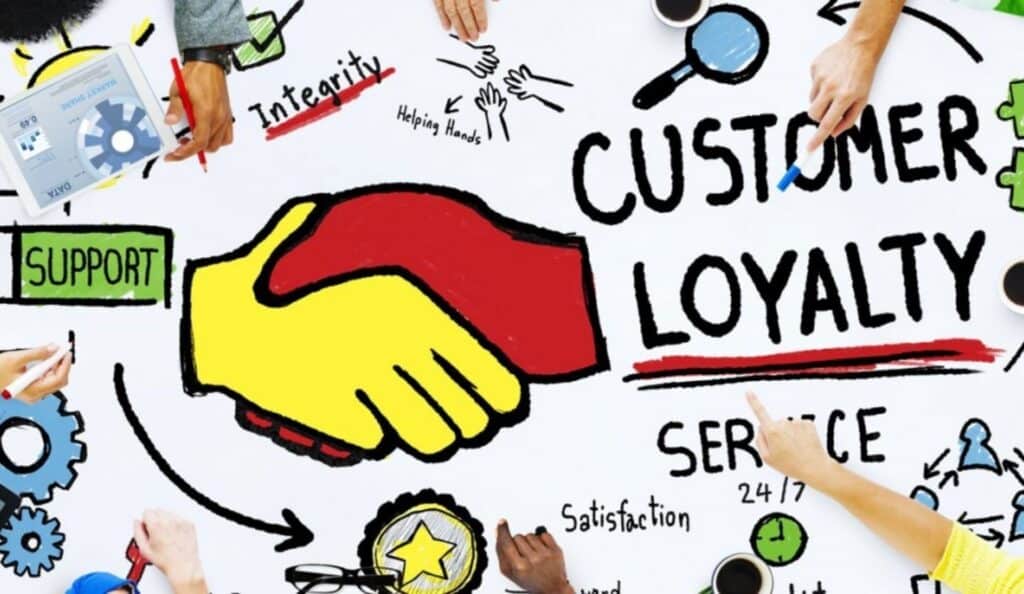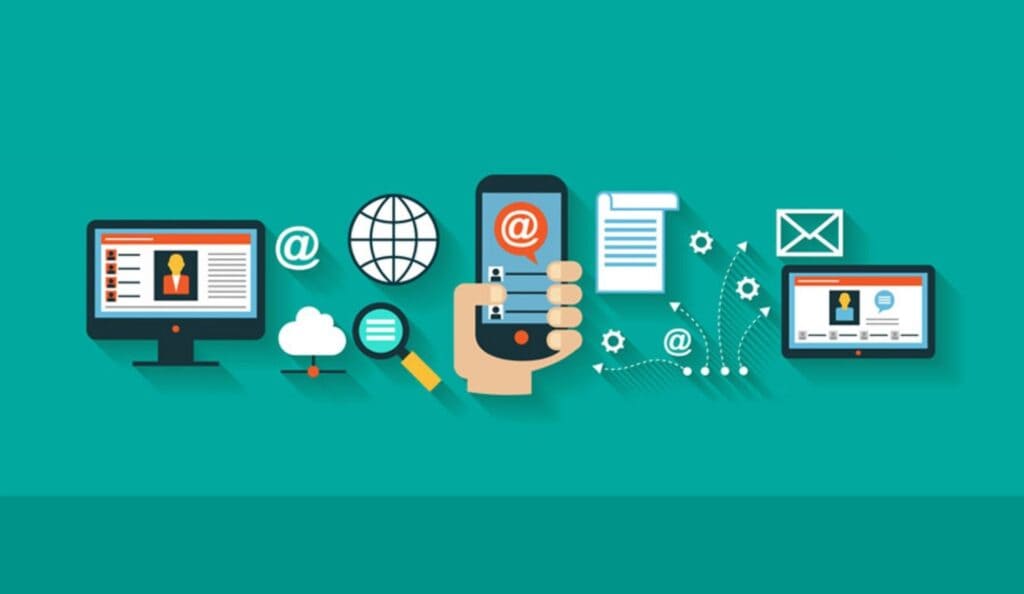
Driving Customer Loyalty Through Digital Experiences
In modern times with digital advancement, better businesses are targeting loyalty programs as great tools to retain existing customers. These programs reward customers and help companies understand how they behave. Store owners are trying to find that competitive edge because customers are pinching pennies with the increasing cost of living.
Once again, we see the type of competition large stores must face to retain loyal customers, which is a vital issue for these establishments. Instead of traditional loyalty programs, stores should market personalized digital experiences that are one-to-one with customers.
Importance of Online Experience
Moreover, a smooth and seamless online experience is core to customer retention, sales-boosting, and growing the business. It’s highly likely that in the near future, companies will compete more on customer experience than on their products, is the view of many leaders.
Over half of all CEOs claim revenue increases due to digital enhancements. However, whilst business leaders understand the importance of great digital experiences, they struggle to develop the best online journey for their customers.
Why do Companies Find it Difficult to Tailor Loyalty Programs?

While technology and data have allowed companies to tailor loyalty programs to their customer, many still don’t add genuine value to the customer and the business.
The first is they’re often too focused on purchase-rewarding programs, neglecting the overall relationship with customers and second, they fail to leverage the customer data they have. Customers increasingly want more personal relationships with brands, so brands can use the data they have available to find new ways to engage with customers, earn their trust through more meaningful interactions, and refine loyalty programs that actually work.
If companies want to retain existing numbers and interest new ones while increasing retention and growing their revenue, they need to transform from purchase-based reward programs to emotion and experience; technology is vital in that evolution.
How Digital Experience Helps in Customer Loyalty

Personalization Customer Experiences
Personalization is critical to developing positive customer relationships and crafting marketing strategies. When stores keep data secure and comply with privacy legislation, it allows customers to feel more comfortable sharing their information. Research indicates customer preference is for offers at a one-to-one level; for example, 64% of customers prefer personalized offers based on previous purchases made.
This is particularly relevant among younger individuals, 75% of whom desire personalized offers. In stores, and certainly, in the era of e-commerce, retailers have to take advantage of customer data and be informed about how to solve the purchases and build customer profiles.
While loyalty programs can assist with better-understanding customers, they aren’t effective for all businesses. Digital receipts are a good way to recognize customers and link them to their purchases, and they can be used alone or alongside loyalty programs. Digital receipts help stores identify customers who are not in loyalty programs, leading to more customer data and insights.
Improving Customer Loyalty
During such challenging times, customer loyalty is a major key to sales and success in businesses which is why now more than ever, it is most important to retain those customers. It occurs when companies provide excellent, personalized experiences that align with what customers seek.
Loyal customers spend more, discuss the brand, and help mitigate the need to acquire new customers. To garner loyalty, they must forge a bond deeper than the exchange of goods and services, which requires time and energy. We can’t buy loyalty, we need to work to maintain strong relationships with our customers.
Loyalty Programs that Engage Customers
A common method of maintaining engagement is a loyalty program. Customers join to access offers and discounts through these programs. The new “compromised loyalist” will likely spend more in their new loyalty tier so brands should not view this as getting burned.
Designed upon customer preference, personalized rewards have high customer value. Customers are more likely to shop for any brand that provides a personalized deal. Having no loyalty program could push customers toward competitors, particularly when times are tough.
Rewards Assist Loyalty Programs
Digital receipts can also assist loyalty programs by advertising rewards and benefits. They also let brands stay in contact with clients after purchase and monetize this communication for marketing, leading to increased loyalty.
Navigate Loyalty Programs
Consumer habits have been changing, as the pandemic and economic problems make customer loyalty harder to come by. Customers still expect value, convenience, and personalization. Loyalty programs are simply part of a larger loyalty agenda; brands should view themselves as loyalty leaders. These programs should include multiple departments working together (finance and marketing especially) to retain customers and respond to their needs. Loyalty programs are a tool for companies to establish direct relationships with consumers, and create emotional connections through personalized experiences and community engagement.
Using Smartphones For Loyalty Programs
Smartphones are now central to loyalty programs, enabling easy checks on rewards and notifications. Mobile Apps: Companies like Dunkin’ Donuts have loyalty programs that can be accessed through mobile apps making it easy for customers to accumulate and redeem points.
Utilizing Digital Receipts By Digitize Shopping Experiences
In the retail world, loyalty programs are a key means of keeping customers satisfied. Digital receipts are preferable for many shoppers, particularly those in younger age groups. Preferential bias is higher for loyalty program purchases. Digital receipts are more convenient than paper ones particularly when it comes to returning items.
Most shoppers discard physical receipts, and many opt for digital ones at checkout. And for retailers that provide digital receipts seamlessly, shoppers are likely to make repeat purchases and be happier. Almost half of all shoppers (45%) are more likely to purchase from retailers that offer quick access to digital receipts.
Prioritising Customers Content
Having a market with so many competitors, only having good products would never keep them returning. Shopping will improve shopping using data and new ways to market. Choices like what type of digital tools to use e-receipts can have a consequence on a good perception and relationship-building with customers. Marketing anti-churn systems and using historical purchase data for better tomorrow’s shopping will be imperative for sustaining users.
Consistency
Customers expect a seamless online experience no matter where, whether it be their website or mobile apps. Companies should ensure customers can effortlessly transition back and forth without losing personal information. While some experts recommend going all in on mobile, don’t forget about the website experience. Many younger people prefer PCs for online shopping while older people are more likely to use mobile apps according to a survey. Now all digital interfaces must collaborate and help to please all customers.
Glitch Free and Fast
It has been an era where customers want faster online experiences, and a few lagging seconds or minor technical issues can cause them to leave and damage a brand’s image and sales. That even a 250-millisecond delay can make half the visitors go away. Businesses can use data to improve loading times and fix technical issues quickly, to prevent customer churn. AI can help detect those issues and notify teams so they don’t lose money because of mistakes.
Being Responsive and Incorporating Intelligence
Digital customer experiences should be periodically tested and optimized to ensure they align with customer needs. The ability to utilize AI technology to help brands elevate their online platforms or observe patterns in customer habits can be incredibly helpful. It keeps a record of what your customers do, bringing their pattern of activity into the light and calling out problems that need to be resolved urgently. This measurable and data-driven way of working allows brands to make better decisions while eliminating guesswork.
AI-powered quick answers can increase sales and customer satisfaction in the long run. As an example, a large retailer discovered customer issues through alerts and analytics, yielding $26 million in additional revenue. Companies in this uncharted territory, too, need to build better digital customer experiences and enable themselves with AI technology to ride along with the rapidly changing tech and customer needs. Companies that wait to improve digital platforms can find themselves floundering to catch up.
For Lasting Expression Build Emotional Relationships
A loyalty program brings a host of benefits including making members feel seen and valued, which provides an avenue of personalization to their experience. They also offer a simple mechanism for collecting valuable data that can be used to build a member marketing database. This is where loyalty programs can really help, and make infrequent buyers repeat customers and loyal customers.
In this case, a coffee shop chain employs rewards that people can find fun to pay them more to make each transaction, go to the store more often, and, therefore, increase customer retention. One beauty company has a very successful “insider” program that offers members social perks, such as free shipping, exclusive gifts, private events, and opportunities to mingle with other beauty enthusiasts. Generally speaking, loyalty programs can be a powerful tool for companies to draw and retain customers.
Intuitive and Convenient
Businesses should keep their digital platforms customer-friendly and user-friendly. Purchase info & customer support should be clear. AI chatbots are now ubiquitous to assist customers and to make online shopping easier.
Personalized Mobile Apps
Researchers found that 57% of shoppers prefer personalized help through apps, as opposed to web chats or phone calls. 51% frequently purchase via apps, with Gen Z and millennials preferring apps over websites. Apps are more easily personalized, with wish lists and recommendations based on past purchases. This means brands must further invest in-app experiences.
Conclusion

In a world where everything is digital, retaining customers is not just about having good products; it’s about providing great and personalized experiences. How traditional loyalty programs are evolving into more meaningful programs that foster deep customer connections. Mobile apps, AI, and digital receipts are just a few ways in which brands can deliver consistent and rewarding experiences to customers the way they expect.
As competition grows and customer expectations increase, companies must use technology to understand and connect with their customers better. By building trust and personal connections, loyalty programs can become important for long-term business success and customer happiness.